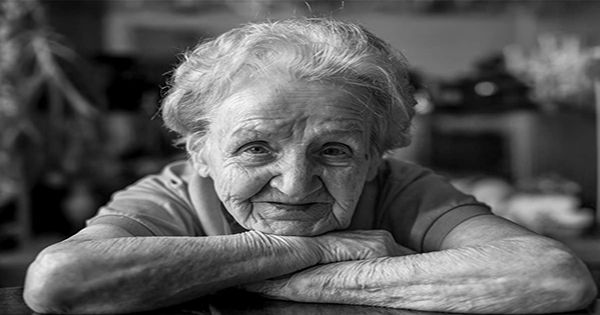A new AI-generated photo service called “Deep Nostalgia” helps you turn static images into moving images of Harry Potter-Es that look both awesome and, to be honest, a bit scary. Offered by the online hereditary site My Heritage, the service created for people who want to infuse the face of a loved one in a family photo – perhaps those who have died or have never met their ancestors. “Experience your family history sometimes before!” the site announcement.
It’s a pretty sweet idea and many people have come to tears for seeing their lost loved ones or “meeting” family members for the first time and sharing their stories through social media. Of course, it cannot be healthy, and some people came up with it, not just by retrieving moving pictures of famous faces – Mary Curie, Amelia Earheart and Rosalind Franklin – but also like statues or paintings that limit AI to see if it works also for things.
Alas, so if you ever want to look at the empty-eyed statue of Michelangelo’s David or Tutankhamun’s death mask coming to life, now is your chance. Created by technology company D-ID, Deep Nostalgia™ uses pre-recorded video of facial movements. It digitally recreates naturalist movements using algorithms to identify which works best for each image, depending on the pose of the subject.
You just uploaded a photo (you need to sign up for a free My Heritage account) and it will apply subtle facial expressions as you watch the magic – narrow eyes, turn a head, raise eyebrows – create a moving image for which In a few seconds, more like video footage appears. Most “deep duplicate” videos use the generator ad network or GNS to create original footage. It works using two “malicious” AIs, one to create content and the other to evaluate how close it is to the real thing. The two AIs constantly learn from each other, pushing them to become more advanced, create the most convincing fake videos.
However, Deep Nostalgia does not use audio and only lasts a few seconds for people not to create deep nets, My Heritage said. It also has limitations. It only works on the face now so there is no chance for people, including ancient Egyptian mummies, to get up and walk around. It fights a little by filling in the missing features like teeth or ears or the glasses partially obscure the face.
However, depending on the quality of the uploaded image, it may be better. Which course means people are having some fun on social media?
A new AI-generated photo service called “Deep Nostalgia” helps you turn static images into moving images of Harry Potter-Es that look both awesome and, to be honest, a bit scary. Offered by the online hereditary site My Heritage, the service created for people who want to infuse the face of a loved one in a family photo – perhaps those who have died or have never met their ancestors. “Experience your family history sometimes before!” the site announcement.
It’s a pretty sweet idea and many people have come to tears for seeing their lost loved ones or “meeting” family members for the first time and sharing their stories through social media. Of course, it cannot be healthy, and some people came up with it, not just by retrieving moving pictures of famous faces – Mary Curie, Amelia Earheart and Rosalind Franklin – but also like statues or paintings that limit AI to see if it works also for things.
Alas, so if you ever want to look at the empty-eyed statue of Michelangelo’s David or Tutankhamun’s death mask coming to life, now is your chance. Created by technology company D-ID, Deep Nostalgia™ uses pre-recorded video of facial movements. It digitally recreates naturalist movements using algorithms to identify which works best for each image, depending on the pose of the subject.
You just uploaded a photo (you need to sign up for a free My Heritage account) and it will apply subtle facial expressions as you watch the magic – narrow eyes, turn a head, raise eyebrows – create a moving image for which In a few seconds, more like video footage appears. Most “deep duplicate” videos use the generator ad network or GNS to create original footage. It works using two “malicious” AIs, one to create content and the other to evaluate how close it is to the real thing. The two AIs constantly learn from each other, pushing them to become more advanced, create the most convincing fake videos.
However, Deep Nostalgia does not use audio and only lasts a few seconds for people not to create deep nets, My Heritage said. It also has limitations. It only works on the face now so there is no chance for people, including ancient Egyptian mummies, to get up and walk around. It fights a little by filling in the missing features like teeth or ears or the glasses partially obscure the face.
However, depending on the quality of the uploaded image, it may be better. Which course means people are having some fun on social media?















